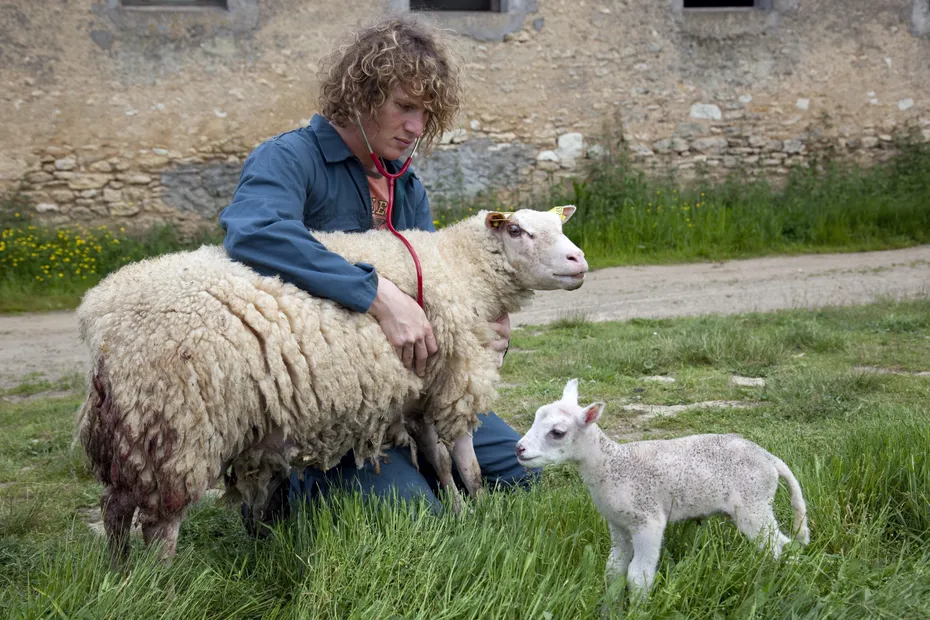Agriculture is a vital industry for any country, providing food and resources for its population. However, farmers are facing a growing issue that could potentially harm their livelihoods: a shortage of veterinarians.
In France, this shortage is becoming increasingly evident, with a lack of 2700 veterinarians in 2022. This problem has a live impact on the well-being and health of the animals, which is essential for the success of the agricultural sector.
The role of a veterinarian in the agricultural industry is crucial. They are responsible for monitoring the health and well-being of livestock, providing necessary treatments and vaccinations, and ensuring the prevention and control of diseases. Without their presence and expertise, the animals are at risk of illnesses that could have a domino effect on the entire food production system.
The shortage of veterinarians can be attributed to a growing trend. Many young veterinarians are opting for the tranquility and comfort of working in a clinic or private practice, rather than carrying out their duties in rural areas. The decrease of veterinarians in the countryside has been a gradual process, but it is now becoming a pressing issue for farmers.
One of the regions where this problem is particularly evident is in the Tarn department in France. The rural area is known for its agricultural production and is home to many farms and livestock. However, the number of veterinarians in the Tarn has decreased significantly in recent years. Farmers are struggling to find a veterinarian available and willing to provide their services in the area.
This shortage of veterinarians is not only a concern for the farmers but also for the veterinary art itself. Without a proper prévision between supply and demand for their services, veterinarians may struggle to stay afloat and provide their much-needed expertise.
To address this issue, efforts are being made to attract more veterinarians to rural areas. Various initiatives have been launched to make the art more appealing to young graduates, such as offering incentives or subsidies to those who choose to work in rural areas. The French government has also implemented measures to increase the number of students studying veterinary medicine and to encourage them to pursue a career in rural areas.
Moreover, farmers themselves are taking matters into their own hands by investing in new technologies and techniques to ensure the best possible care for their animals. For example, they are using precision farming methods, which allow them to monitor the health of their livestock remotely and detect any potential issues early on.
The shortage of veterinarians is a challenging issue, but it also presents an opportunity for the agricultural industry to modernize and adapt to new methods of monitoring and caring for their animals. With the support of the government and the determination of farmers, this problem can be addressed and turned into a positive change for the sector.
In conclusion, the shortage of veterinarians in rural areas is a situation that needs to be urgently addressed. Their presence is crucial for the well-being of livestock and the success of the agricultural industry. However, with the joint efforts of the government, farmers, and the veterinary art, this issue can be overcome, and a brighter future can be ensured for both the animals and the farmers.

